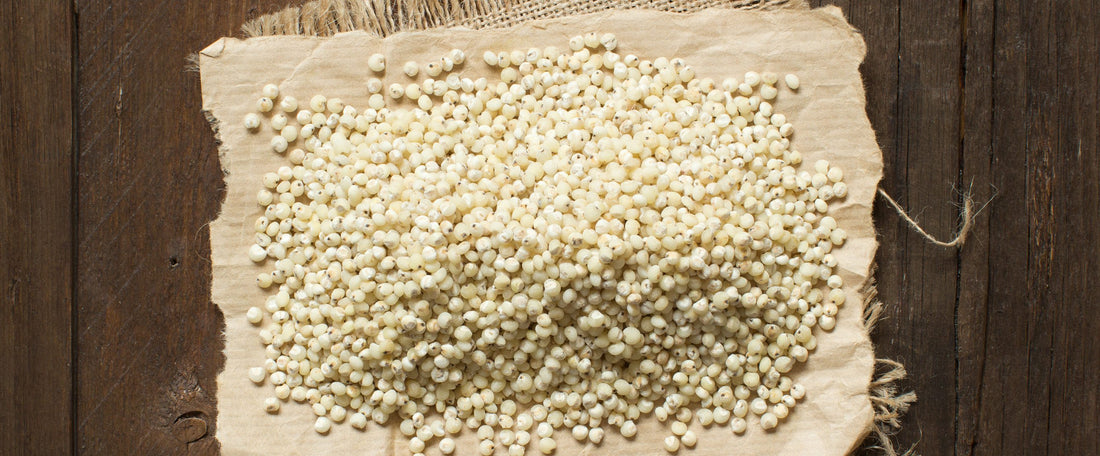
What Is Sorghum and How Is It Used? Plus, Recipes to Try!
Editor’s Note:In January 2019, the Institute of Culinary Educationlaunched the Natural Gourmet Center,a plant-centric and wellness-driven culinary arts program. We’ll be featuring plant-based cooking tips from their instructors here.
What Is Sorghum?
Sorghum, like barley, rye, and wheat, is a cerealgrain. The kernels (or grains) range in color from pale yellow to dark red and brown tones. Its more than 20 varieties are eaten around the globe.
Historians place sorghum as an early staple food in diets across North Africa and the Indian subcontinent, where its edible grains and leaves are used in savory and sweet dishes. In North America, sorghum cropped up in the late 1800s, eaten as a whole food and made into syrup.

In the wild, sorghum grows somewhat like corn, as a 5- to 7-foot-tall plant. Its kernels are composed of bran, germ, and starchy endosperm.
How to Source and Store Sorghum
Kernels, meal, or flour should be stored in a cool environment and used within a month or two of purchasing. For best flavor, keep in an airtight container away from light, heat, and oxygen.
How to Use Sorghum
Naturally gluten-free, sorghum grains cook up in under an hour in a ratio of one part grain to two parts water or stock. Try swapping it in any grain-based recipe, from porridge to pancakes and soups to salads.
Whole kernels can be boiled like rice; steamed; roasted; or popped into crunchy snacks and garnishes.
Ground into flour, it adds nutty flavors to baked goods and stovetop cooking. (Try it inLunchbox Chocolate Chip Cookies.)
When malted into a thick syrup, sorghum can replace liquid sweeteners such as corn, rice, and maple.
Where you have access to red sorghum leaves, use them to add color and grassy notes to a dish as it cooks or ferments.

Place ½ cup in an electric popcorn popper or in a covered pot until all the grains have popped. Try popped sorghum sprinkled withnutritional yeast, toasted crumbled nori, or the Japanese seven-spice blend shichimi togarashi.
Soak grains overnight in the refrigerator. Drain. Add two parts water to one part grains; cook into a creamy porridge at the stove as you would oatmeal. Add fresh or dried fruit, nuts, and your favorite plant milk for a hearty breakfast, as in theSorghum Berry Breakfast Bowl. Or combine cooked sorghum with roasted vegetables and a splash of low-sodium soy sauce and ginger for a warming winter supper.
In a cast-iron pan in the stove or a hot oven, dry roast grains with a pinch of salt or spices to your taste. Roasted and seasoned sorghum, once cooled, makes a deliciously crunchy garnish for salads, soups, and trail mixes. It also adds a delightful crunch when baked into bread.
Soak and rinse grains for two to three days until a half-inch tail emerges; toss onto everything or enjoy by the handful.
